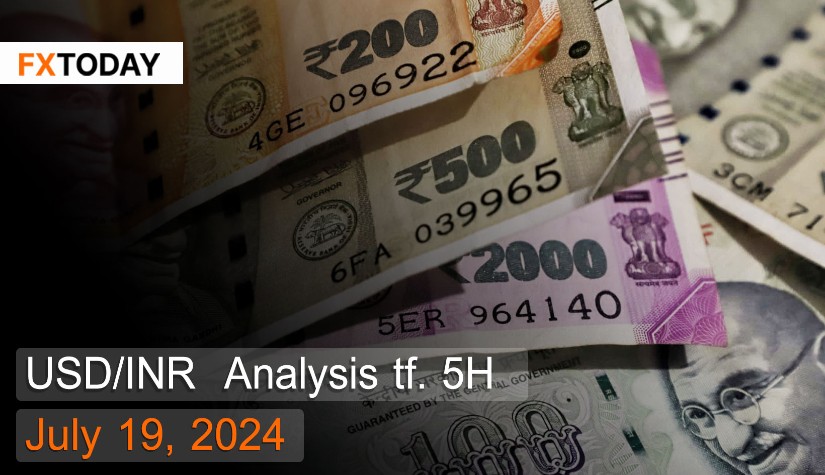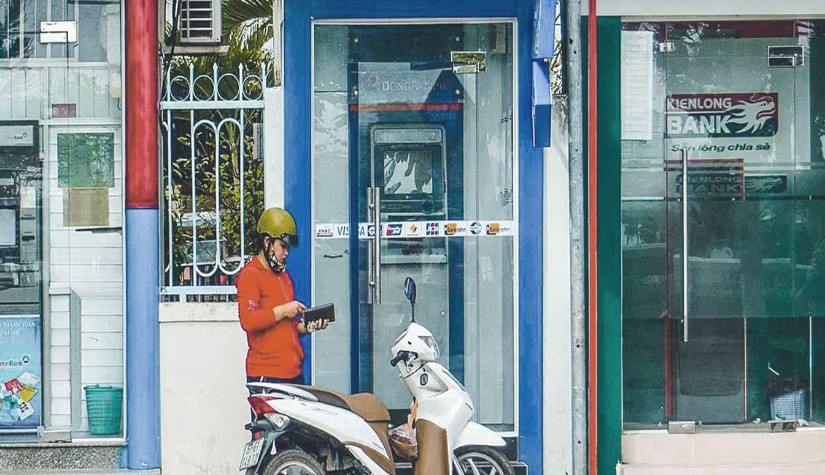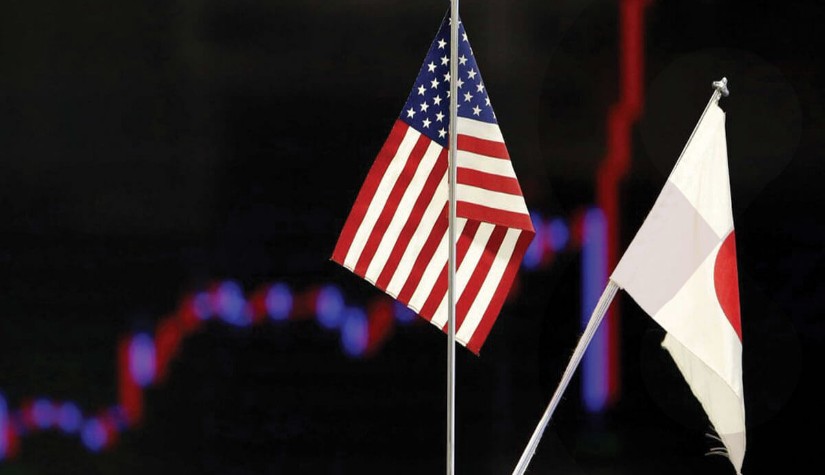The Indian economy continues to grow robustly.
The rupee has slightly depreciated despite the DXY index declining following the weakened U.S. inflation. The rupee's depreciation might prompt the Reserve Bank of India to intervene in the exchange rate again. However, a weaker rupee also benefits India's exports.
India's trade deficit widened slightly to $21 billion in June due to rapid imports, which increased by 5% year-on-year to $56.18 billion, the highest since 2022. This was driven by stable economic growth and increased commodity imports, mainly in the oil refining industry. On the other hand, exports grew by only 2.6% year-on-year to $35.2 billion.
Inflation in India rose to 5.08% in June from 4.75% in the previous month, exceeding market expectations of 4.80%. This reflects the rapid growth in the prices of goods and services due to the country's strong economic growth. Additionally, raw material costs continued to rise. Although inflation remains within the RBI's target range, the rising interest rates might indicate overheating in the economy. Food prices continue to rise due to higher energy costs and uncertain weather conditions, increasing maintenance costs.
India's foreign exchange reserves held by the Reserve Bank of India rose to $657.2 billion on July 5, marking a new record high. This increase was driven by significant foreign capital inflows into India due to strong growth and the inclusion of Indian assets in JPMorgan's Emerging Markets Bond Index, significantly boosting foreign investment.
The yield on India's 10-year government bonds fell below 7%. The continued increase in purchases of Indian government bonds is driven by strong domestic economic growth and rising demand from foreign funds. As a result, the overall demand for Indian debt instruments has increased. Despite this, limited government spending and revenue growth have strengthened India's fiscal confidence, reducing the credit risk associated with Indian government bonds.
Techical analysis data (5H)
Resistance: 83.678, 83.691, 83.699
Source: Investing.com
Buy/Long 1: If the price touches support in the price range of 83.649 - 83.656 but cannot break the support at 83.656, you may set a TP at approximately 83.691 and SL at around 83.635 or according to your acceptable risk.
Buy/Long 2: If the price breaks the resistance in the price range of 83.678 - 83.691, you may set a TP at approximately 83.699 and SL at around 83.649 or according to your acceptable risk.
Sell/Short 1: If the price touches resistance in the price range of 83.678 - 83.691 but cannot break the resistance at 83.678, you may set a TP at approximately 83.649 and SL at around 83.699 or according to your acceptable risk.
Sell/Short 2: If the price breaks the support in the price range of 83.649 - 83.656, you may set a TP at approximately 83.635 and SL at around 83.691 or according to your acceptable risk.
Pivot point July 19, 2024 07:38 PM. GMT+7
|
Name
|
S3
|
S2
|
S1
|
Pivot Points
|
R1
|
R2
|
R3
|
| Classic | 83.635 | 83.649 | 83.656 | 83.67 | 83.678 | 83.691 | 83.699 |
| Fibonacci | 83.649 | 83.657 | 83.662 | 83.67 | 83.678 | 83.683 | 83.691 |
| Camarilla | 83.659 | 83.661 | 83.663 | 83.67 | 83.667 | 83.669 | 83.671 |
| Woodie's | 83.633 | 83.648 | 83.654 | 83.669 | 83.676 | 83.69 | 83.697 |
| DeMark's | - | - | 83.653 | 83.668 | 83.674 | - | - |
















